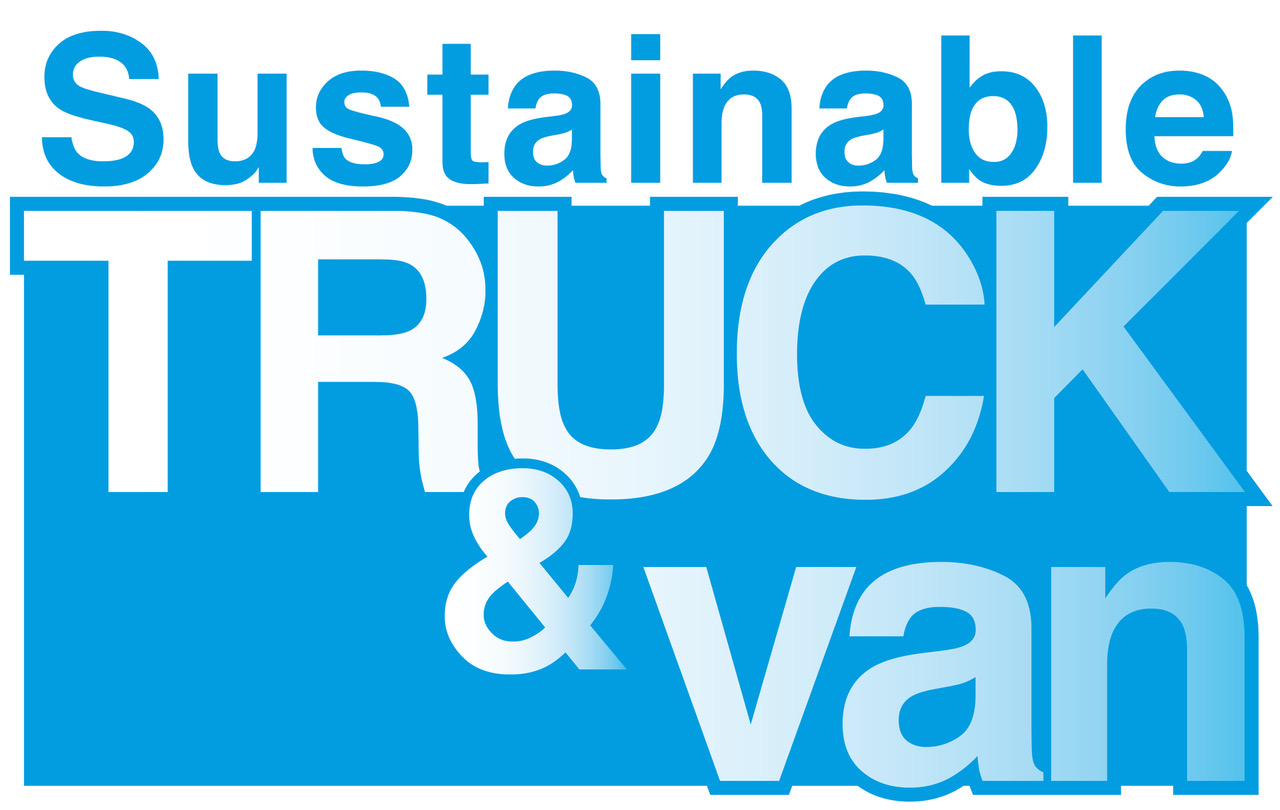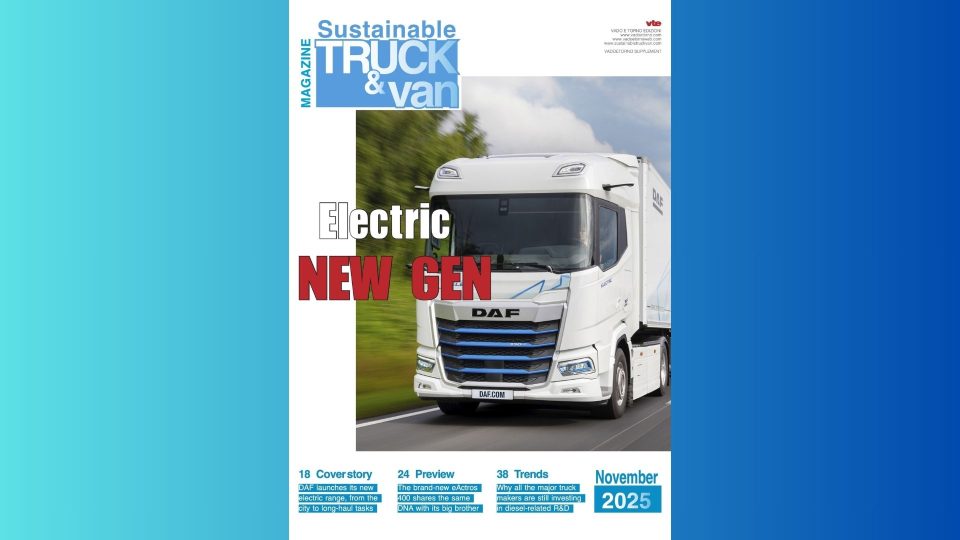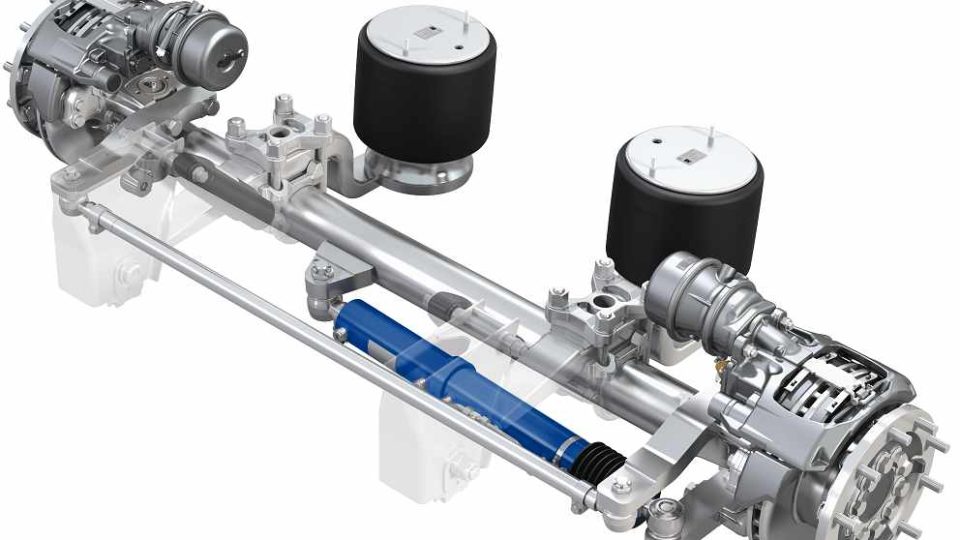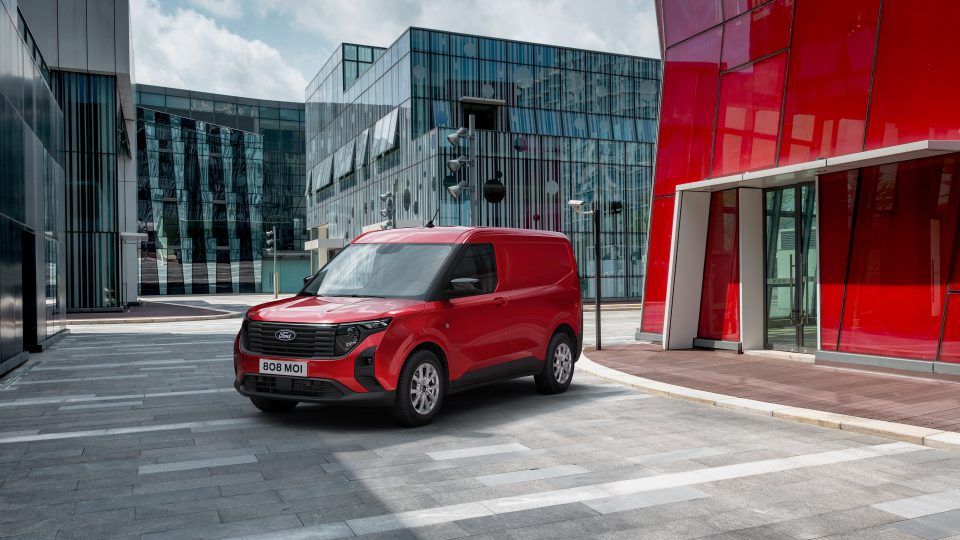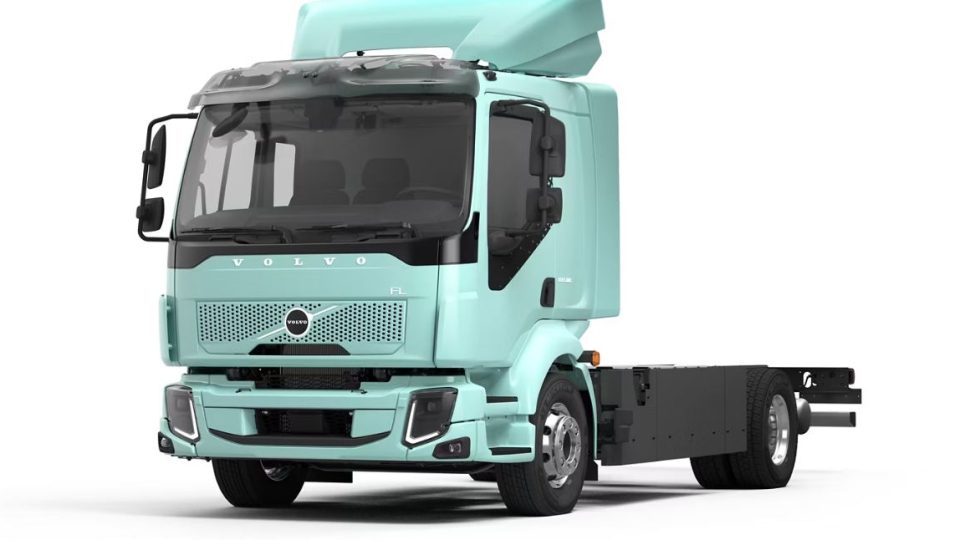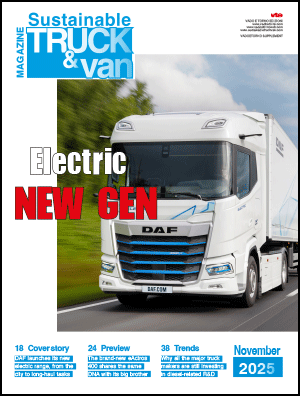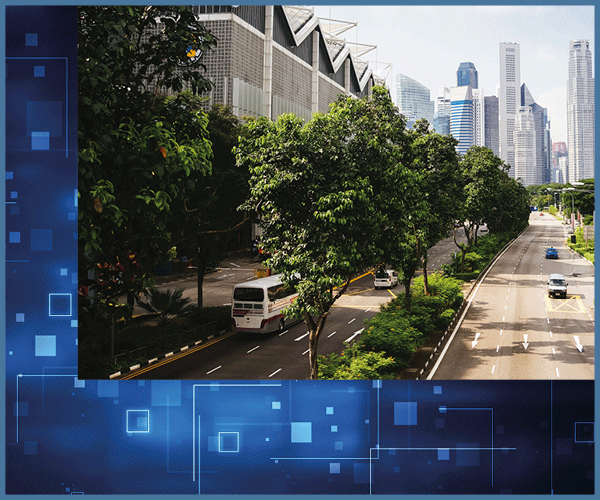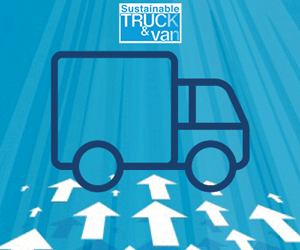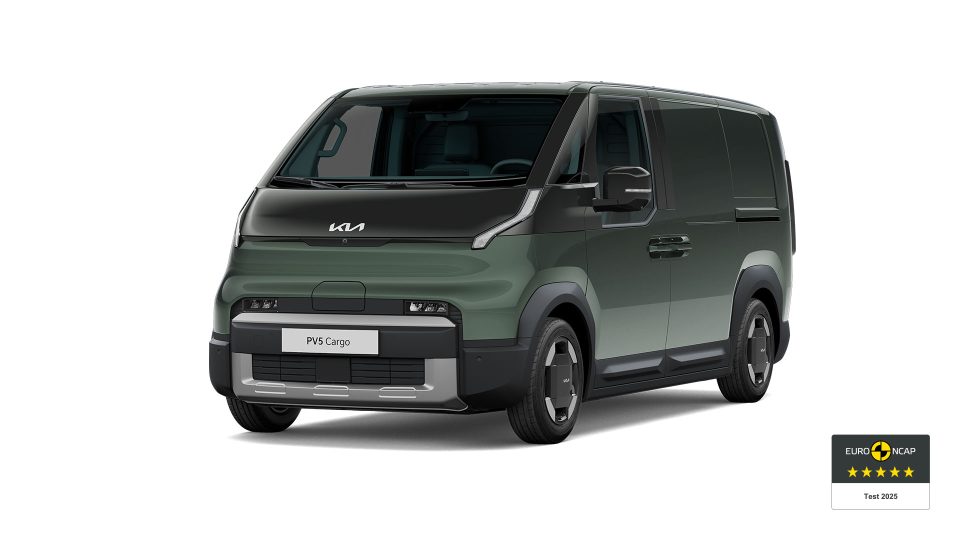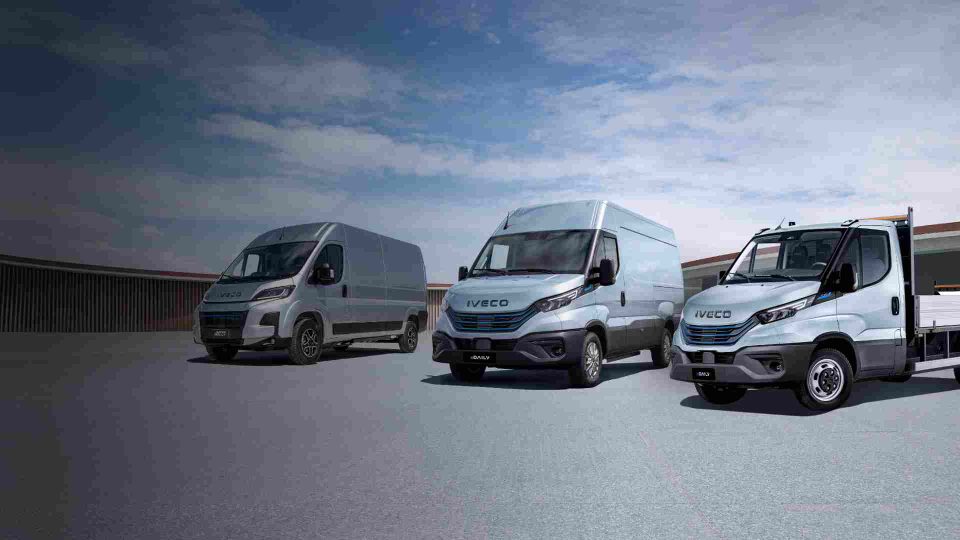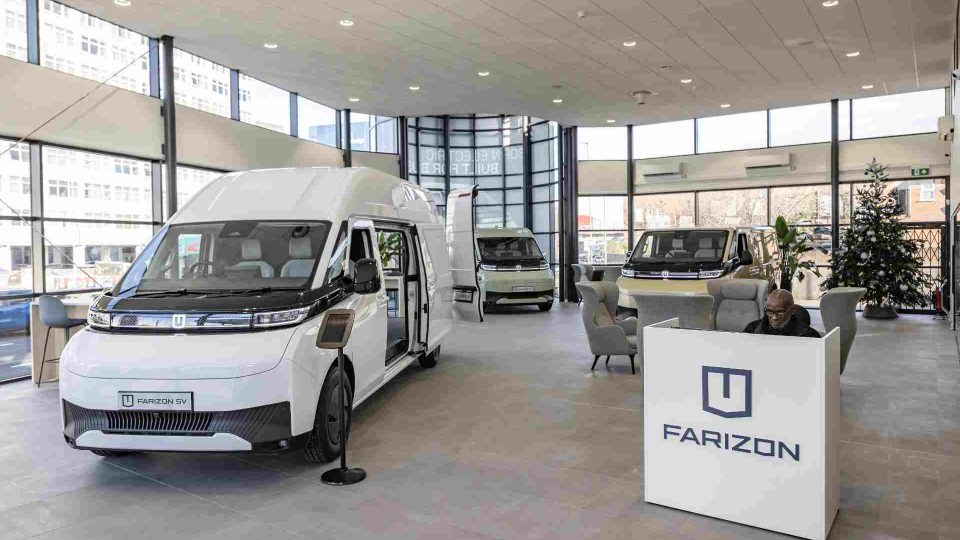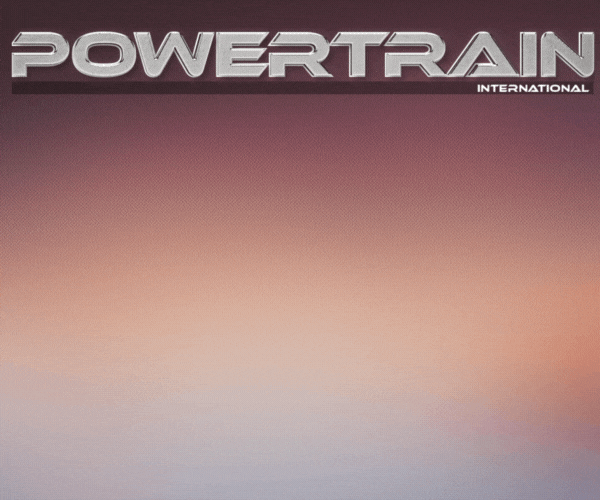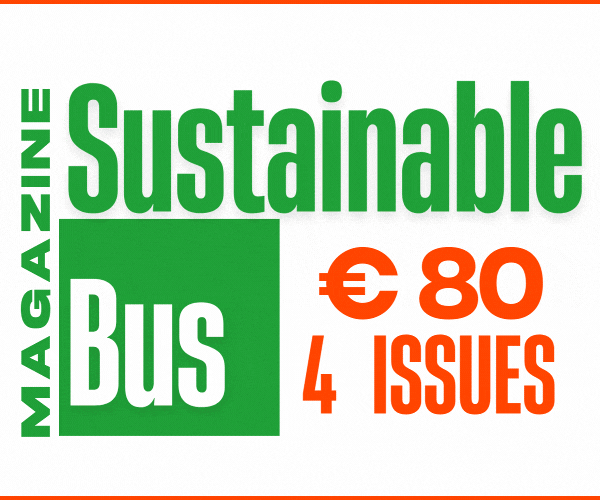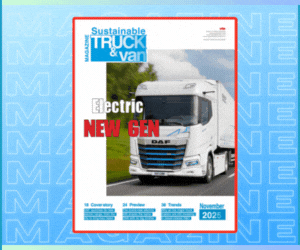Citroën ë-Jumpy Hydrogen combines batteries with a hydrogen fuel cell
ë-Jumpy Hydrogen, an electric van with a fuel cell and rechargeable batteries, is the first Citroën powered by this form of energy. The van has now a range of more than 400 km and hydrogen refuelling can be carried out in less than three minutes. This is part of the path towards electrification of Citroën’s entire light commercial vehicle range.
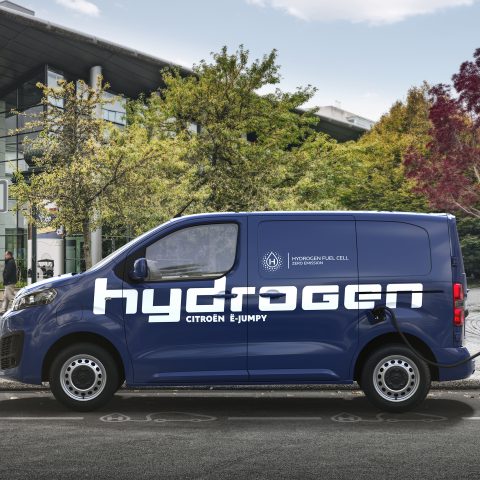
ë-Jumpy Hydrogen, an electric van with a fuel cell and rechargeable batteries, is the first Citroën powered by this form of energy. The van has now a range of more than 400 km and hydrogen refuelling can be carried out in less than three minutes.
This is part of the path towards electrification of Citroën’s entire light commercial vehicle range, with My Ami Cargo, ë-Berlingo Van, ë-Jumpy Hydrogen and ë-Jumper due to arrive in the second half of the year.
«With its architecture combining a hydrogen fuel cell and a battery, our van boasts the best of both technologies. The components were integrated according to an ingenious design such that their size has no impact on load capacity, a crucial factor for professionals in this segment. ë-Jumpy Hydrogen responds to the needs and uses of professionals with a range of over 400 km, the reduced impact of outside temperature on range, a charging time of just three minutes, and the ability to recover more energy during deceleration», declared Laurence Hansen, Citroën Product and Strategy Director.
Two energy sources for Citroën ë-Jumpy Hydrogen
More into details, according to the French manufacturer, ë-Jumpy Hydrogen is fully electric and benefits from two energy sources: a 45 kW fuel cell that produces electricity by consuming hydrogen stored in a three-cylinder tank at a pressure of 700 bars, and a 10.5 kWh battery that acts as a 50 km reserve and takes over automatically when the hydrogen tank is empty.
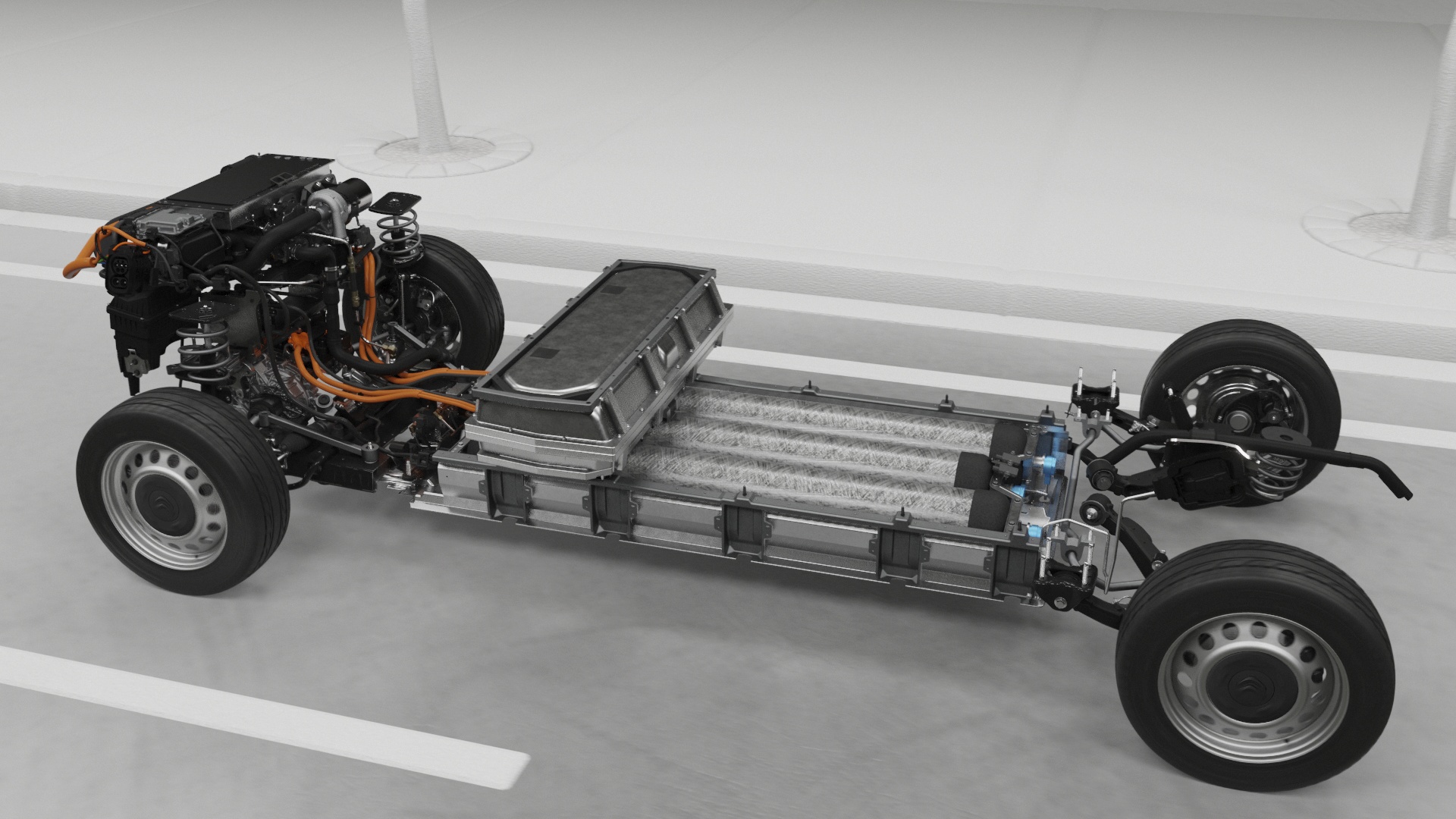
The hydrogen fuel cell ensures the vehicle’s range, the battery being required in transition phases such as strong acceleration and gradients calling for extra power. These two sources of energy combine to fuel the motor and power the drive train. The battery, which recovers energy during deceleration, is automatically charged using electricity generated by the hydrogen fuel cell to ensure a sufficient charge level. It can also be charged using a cable at electric-vehicle charging stations.
Available in two sizes, M (4.95 m) and XL (5.30 m), the first deliveries of ë-Jumpy Hydrogen to fleet customers are scheduled for autumn 2021.
A full electrified range in 2021 on the European market
«Citroën started a wide offensive in the field of Light Commercial Vehicles, proposing a full electrified range in 2021 on the European market, which is up to 26 percent compared to 2020. But Citroën doesn’t stop there. Faithful to its will to be inspired by professionals and their usages, its full electric battery van offer is joined by the hydrogen version of Citroën ë-Jumpy. This new technology will suit customers who regularly drive long distance or need faster recharging. Citroën thus proposes to professionals a varied electric LCV offer that allows them to ensure their activity in a sustainable way, in line with their usages and also with environmental issues and the growth of urban access limitations», added Anne-Lise Richard, Head of Low Emission Vehicles Stellantis Business Unit.
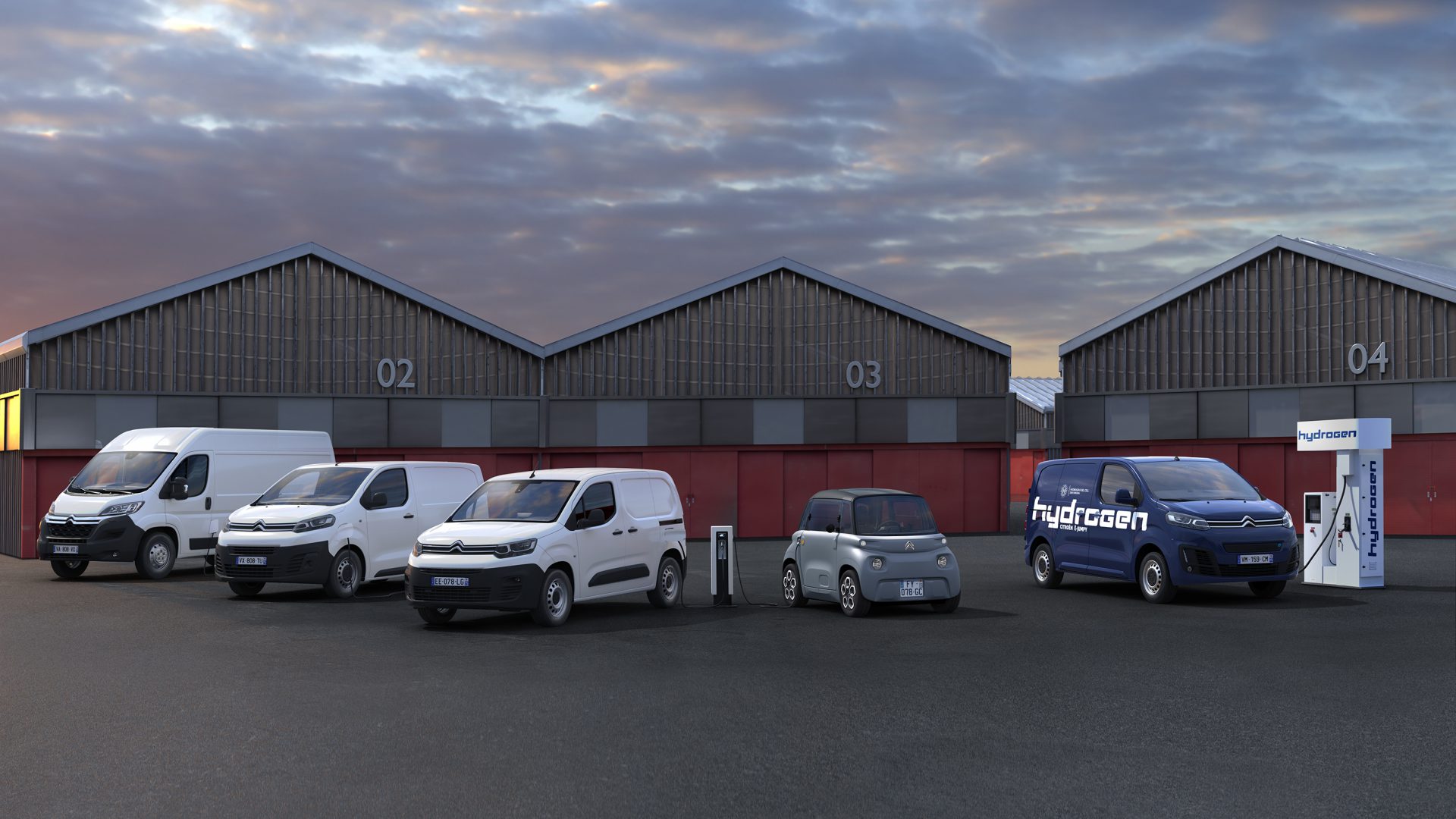
A rapidly growing market
The European electric vehicle market is growing rapidly, having increased 132 percent in 2020 compared with 2019. Nearly one vehicle in ten sold in 2020 was electric. And the market is expected to grow by a further 53 percent in 2021, with over two million registrations and considerable growth in the electric LCV market (+127 percent).
In such a scenario, Citroën intends to be a major player. Indeed, the brand’s objective for 2025 is to achieve an over 25 percent share of electric models.
